FIRE FIGHTING
A fire fighting system is a combination of equipment, procedures, and personnel designed to detect, control, and extinguish fires in various settings, such as buildings, industrial facilities, vehicles, and outdoor environments. These systems are crucial for protecting lives and property from the devastating effects of fires. There are several types of fire fighting systems, each tailored to specific environments and fire hazards. Here are some common types:
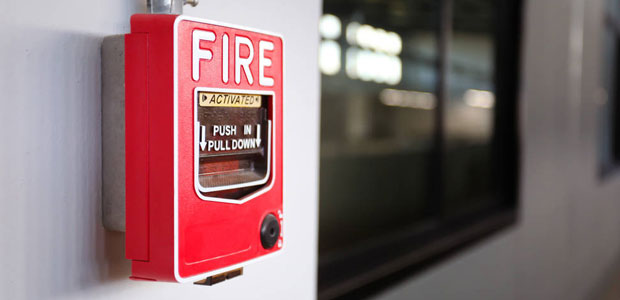
Fire Alarm Systems
Fire alarm systems are designed to detect the presence of fire or smoke and alert occupants to evacuate the premises. These systems typically include smoke detectors, heat detectors, manual pull stations, and audible/visual alarms.
Automatic Sprinkler Systems
Automatic sprinkler systems are widely used in buildings to suppress or extinguish fires by releasing water or other extinguishing agents when triggered by heat. Sprinkler systems are effective in controlling fires in their early stages and preventing their spread.
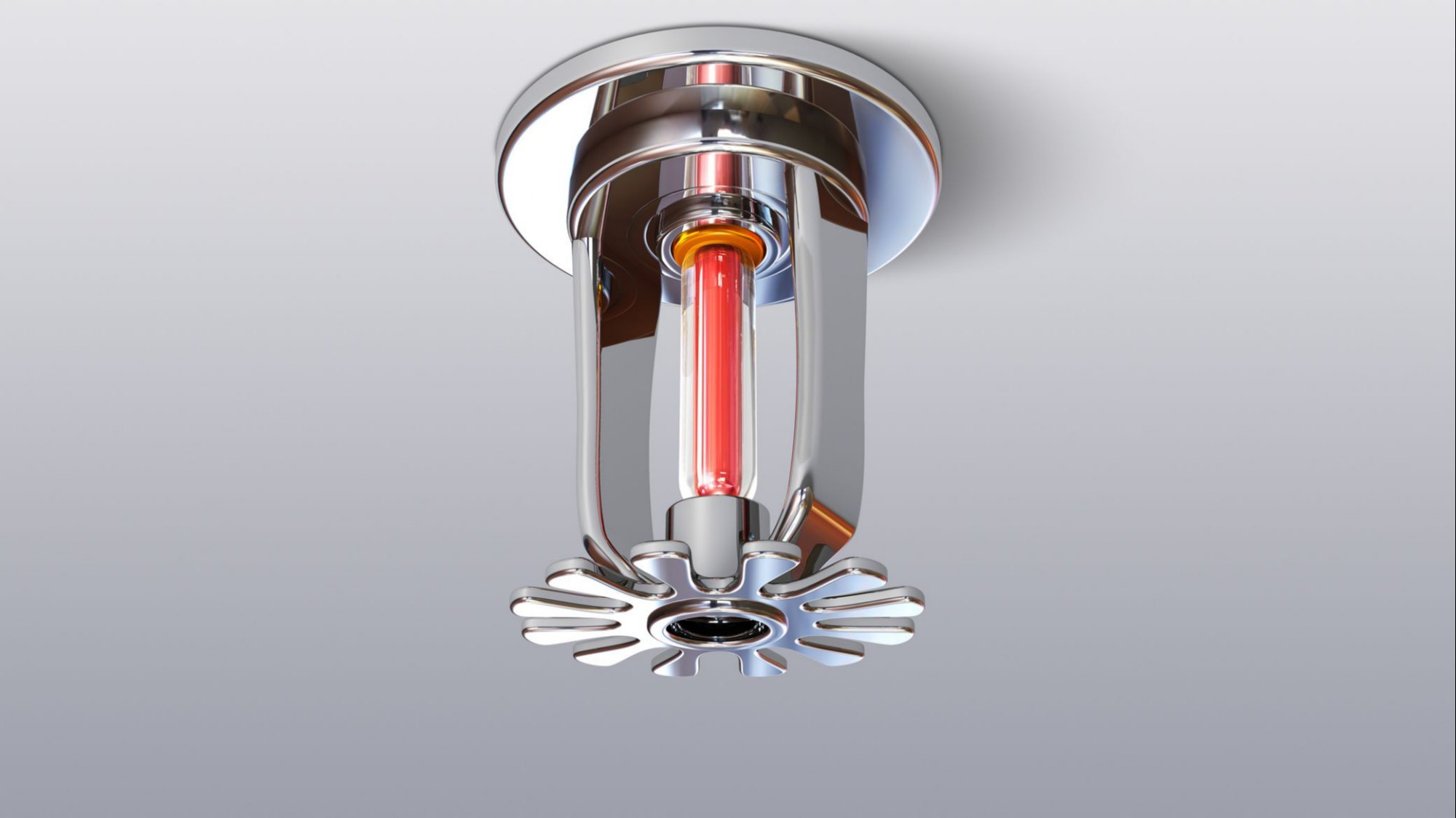
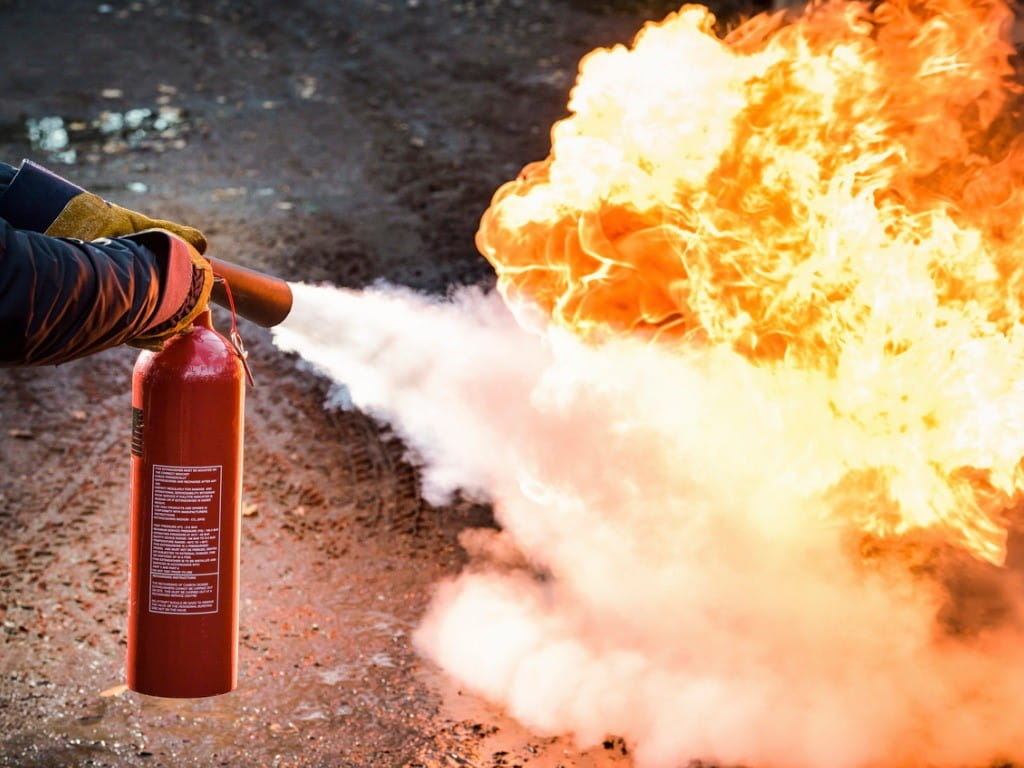
Fire Extinguishers
Portable fire extinguishers are essential firefighting equipment that can be used to extinguish small fires or control them until firefighters arrive. Different types of fire extinguishers are available for different classes of fires, including Class A (ordinary combustibles), Class B (flammable liquids), Class C (electrical fires), Class D (metal fires), and Class K (kitchen fires).
Fire Suppression Systems
Fire suppression systems are installed in areas where water-based systems may not be suitable or effective, such as server rooms, data centers, and kitchens. These systems utilize various extinguishing agents, such as clean agents (e.g., FM-200, CO2), dry chemicals, or foam, to suppress fires quickly and minimize damage.
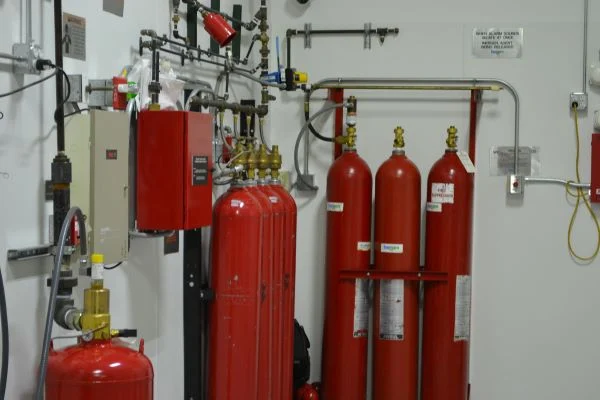
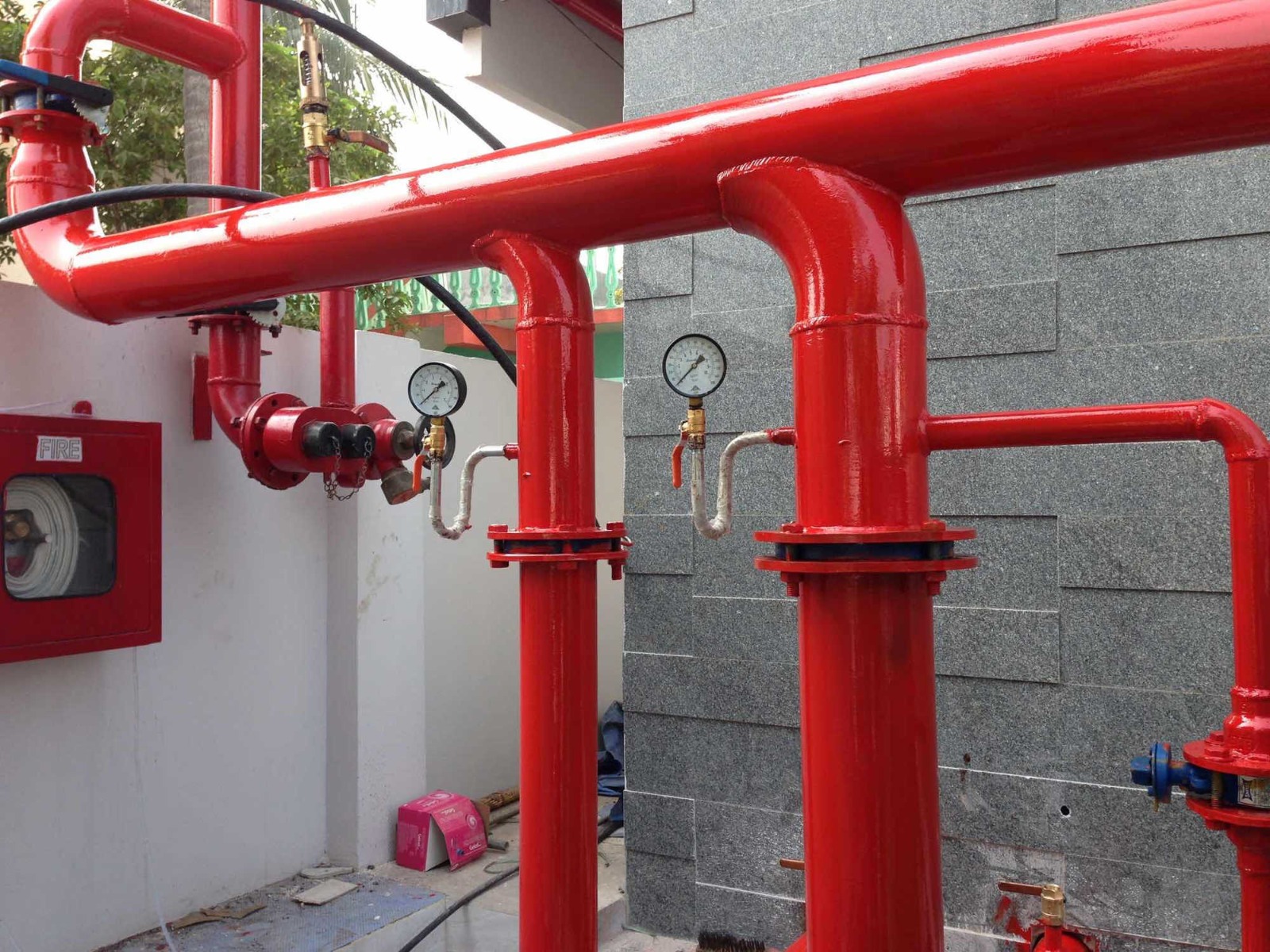
Fire Hydrant Systems
Fire hydrant systems consist of a network of underground pipes, valves, and hydrants connected to a water source (e.g., municipal water supply or water tank). These systems provide firefighters with a readily available water supply for extinguishing fires in outdoor areas or large buildings.
Firefighting Foam Systems
Foam systems are used to combat fires involving flammable liquids (Class B fires) by forming a blanket of foam over the fuel surface, preventing the release of flammable vapors and suppressing the fire. Foam systems are commonly used in industrial settings, such as oil refineries, chemical plants, and airports.
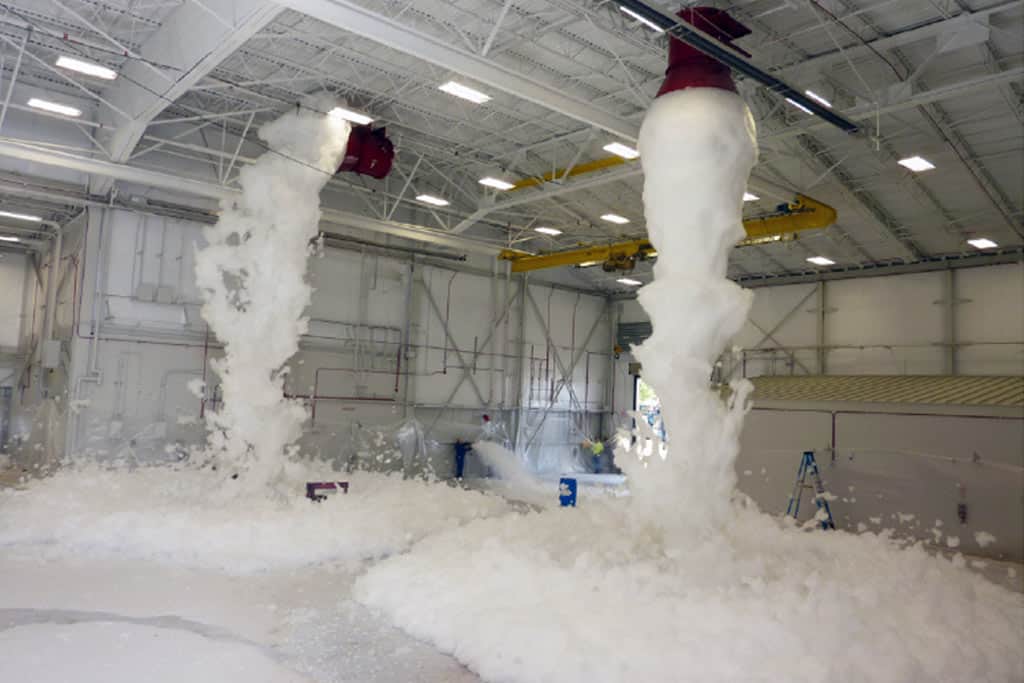
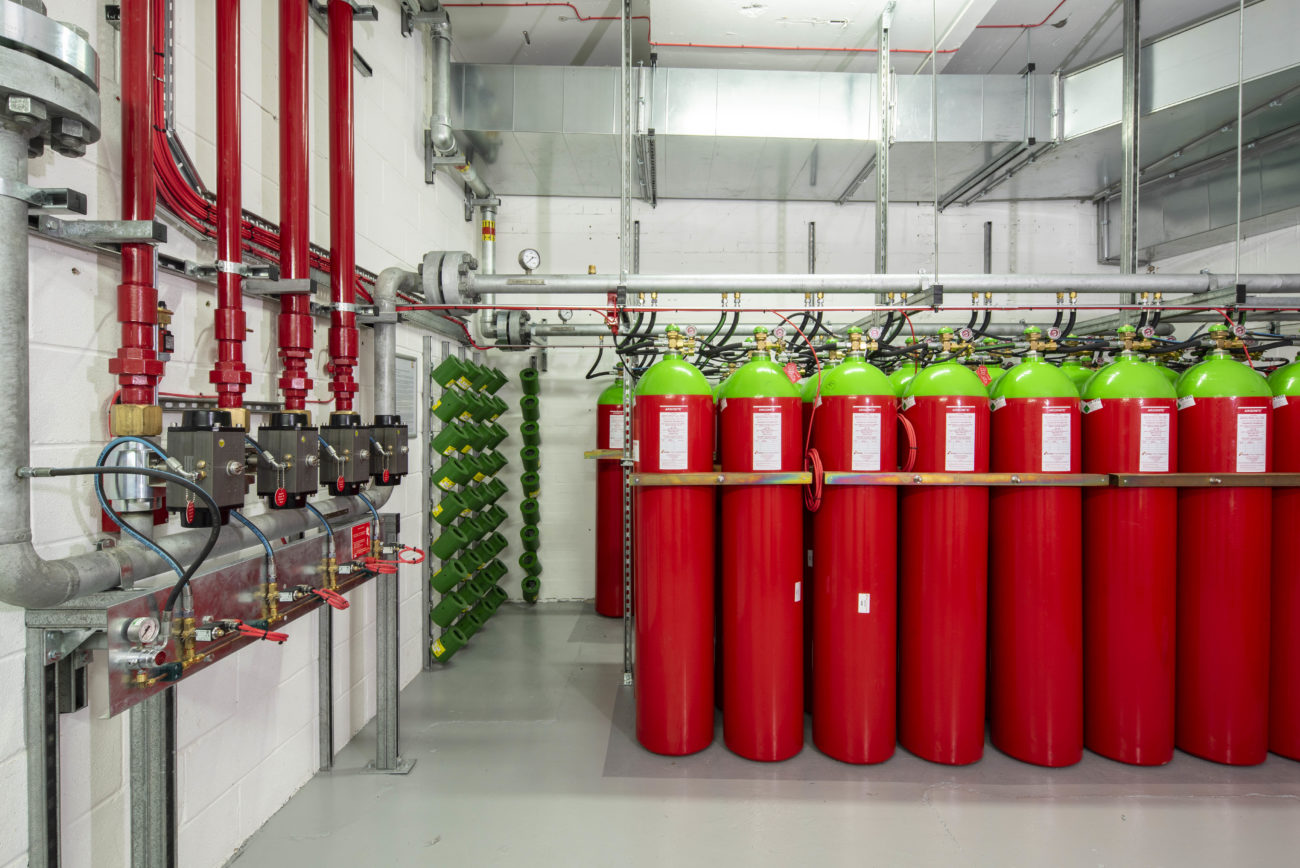
Gas Suppression Systems
Gas suppression systems, also known as clean agent systems, utilize inert gases (e.g., nitrogen, argon) or chemical agents (e.g., FM-200, Novec 1230) to extinguish fires by reducing the oxygen concentration or interrupting the chemical reaction. These systems are suitable for protecting sensitive equipment and valuable assets.
Firefighting Vehicles and Equipment
Firefighting vehicles, such as fire engines, ladder trucks, and specialized rescue vehicles, are equipped with firefighting equipment, including hoses, nozzles, pumps, and tools, to respond to fire emergencies efficiently.
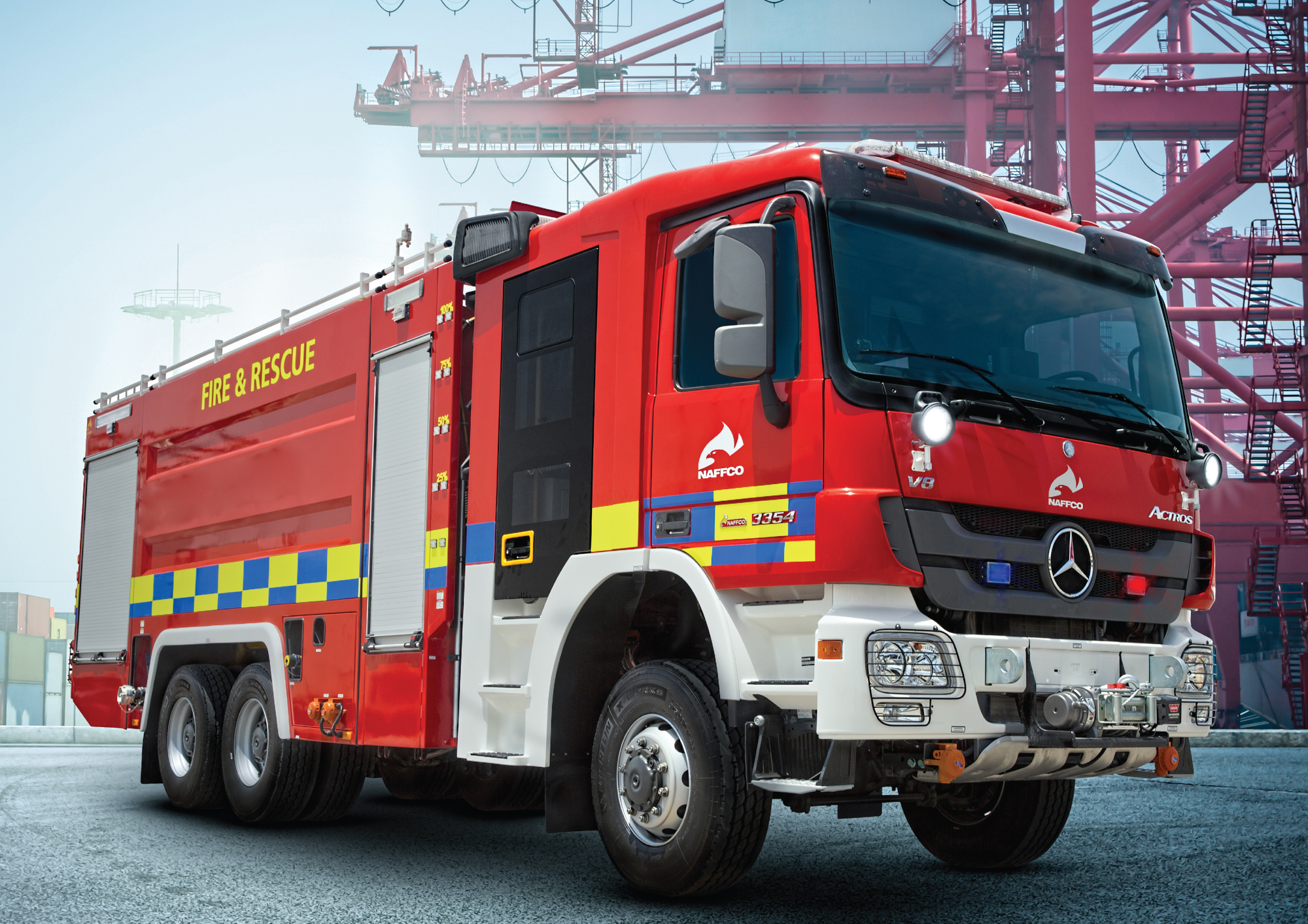
These are just a few examples of fire fighting systems and equipment commonly used to combat fires and protect lives and property. The selection and design of a fire fighting system depend on factors such as the type of occupancy, fire hazards, building codes, and regulatory requirements.
